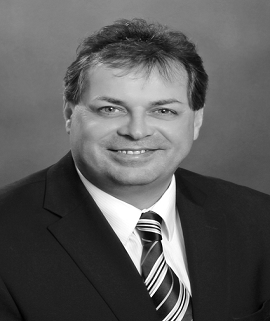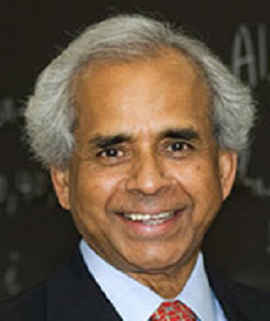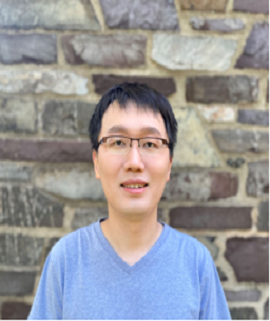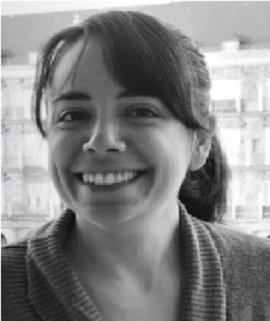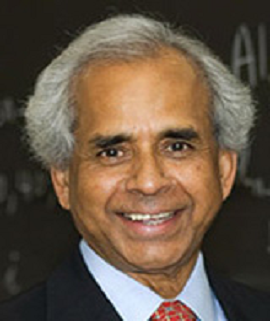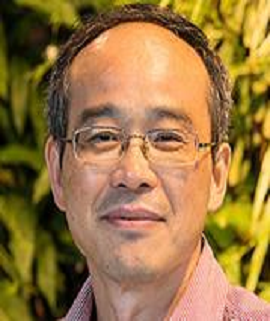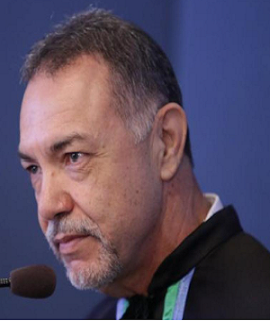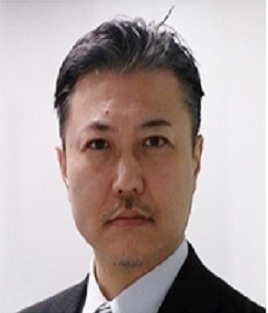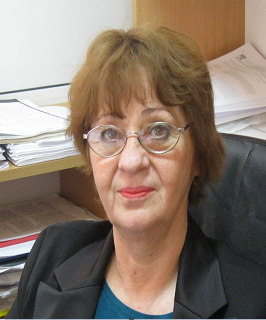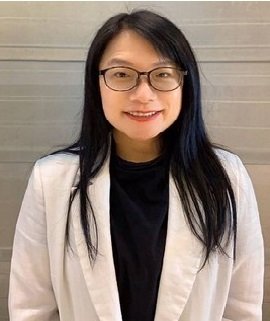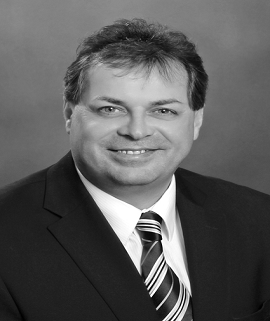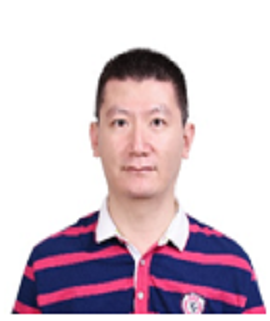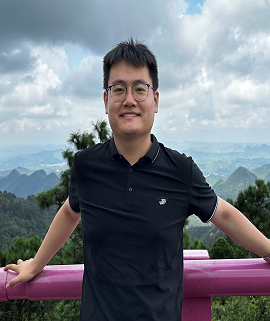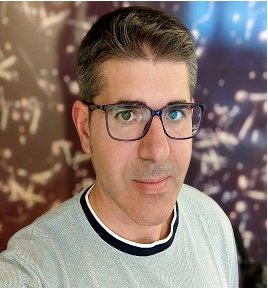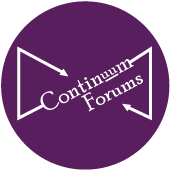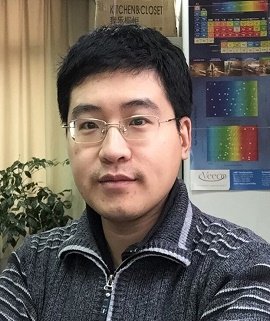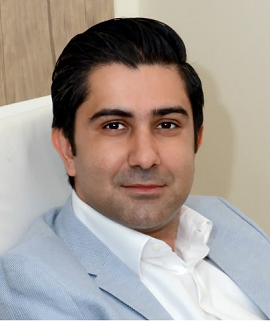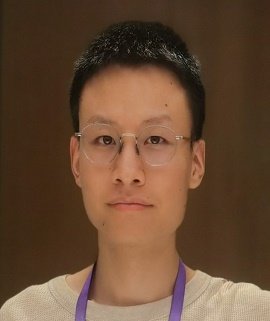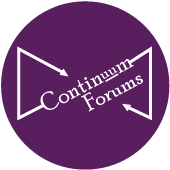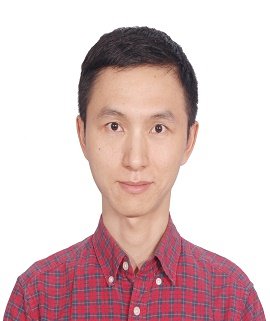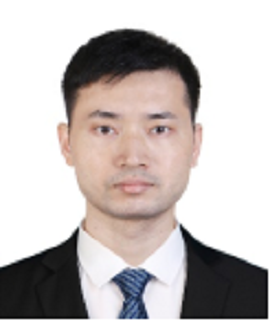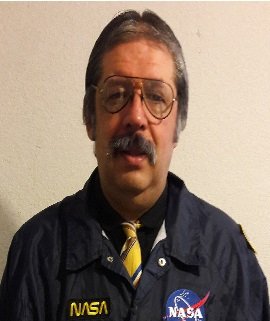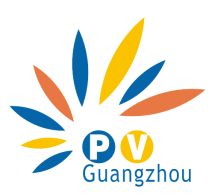Dear Colleagues!
It is with great pleasure that we welcome all the researchers in the field of Semiconductors and Optoelectronics to the 2nd International Forum on Semiconductors and Optoelectronics, (SEMICONFORUM2024), which will be held in Madrid, Spain during August 12-14, 2024.
The aim of SEMICONFORUM2024 is to be a premier international forum to highlighting the novel developments, to share new ideas, research results and development experiences and providing networking opportunities with the peers to help establish connections for early career scientists to meet a diverse mix of researchers, decision makers to strengthen existing connections and forge new ones.
Also the main agenda of this conference is to bring together world-leading academics, practitioners, industry leaders, policymakers, and business professionals from the fields of Semiconductors and Optoelectronics to develop practical solutions for current challenges in these fields. This forum has featured plenary talks, keynote talks, special sessions, poster presentations, workshops, and contributed papers each year.
We do hope you can make time in your busy schedule to the meeting and share your ideas on a topic of your choice and be a part of this successful conference.
We are looking forward to seeing you in Madrid, Spain.
Welcome Note
On behalf of the Organizing Committee, it is my great honor and pleasure to cordially invite you to the 2nd International Forum on Semiconductors and Optoelectronics, (SEMICONFORUM2024), which will be held in Madrid, Spain during August 12-14, 2024.
I would like to extend my warmest welcome to all the scientists in the domain of semiconductors materials who will be joining us from different countries. With your devoted support, SEMICONFORUM2024 will be a fundamental ground to exchange high-quality results and ideas. This meeting will include prestigious Plenary Talks, Invited Talks, Regular Sessions (oral & poster presentations), and Exhibitions.
I hope you take this unique opportunity to present your recent research and development highlights, interact with your colleagues and peers, and have a memorable and rewarding experience at SEMICONFORUM2024. With your help and contributions, I have no doubt this conference will be a success.
I thank you in advance for your interest and participation and I look forward to seeing you in August 2024 in wonderful Madrid, Spain.
I wish us all a successful and productive conference!
Yours Sincerely,,

AuricaFarcas
‘‘Petru Poni’’ Institute of
Macromolecular Chemistry-700487 Iasi, Romania
Chair of SEMICONFORUM2024

Important Dates
Abstract Submission Deadline
July 28, 2024
Earlybird Registration
May 29, 2024
Standard Registration
July 28th, 2024
On-spot Registration
August 12, 2024
Plenary Speakers
Keynote Speakers
Sessions
- Physics of Semiconductors
- Optoelectronic Devices and Applications
- Semiconductor Materials and Technology
- Thin Films
- Heterostructures
- Graphene
- Two-dimensional Materials
- Van der Waals Heterostructures
- Semiconductor Nanomaterials
- Photonic Integrated Circuits
- Organic Photovoltaic
- Wide Bandgap and Narrow-Bandgap Semiconductors
- Electron Devices and its Applications
- Sensors
- Photo Electric effect
- Semiconductor Integrated Optoelectronics
- Absorption in Semiconductors and Quantum Wells
- Semiconductor Laser: Device Structure and Characteristics
- Compound Semiconductor Devices and Circuits
- Semiconductor Photodetectors
- Semiconductor Nanocrystal Optoelectronics
- Absorption Processes in Semiconductors
- Nitride Semiconductors and Organic Semiconductors
- Emission of Radiation from Semiconductors
- Semiconductor Lasers and Lamps
- Magneto-Optical Effects
- Non-linear Optical Effects
- Optical Properties, Optoelectronics, Solar Cells
- Biocompatible Semiconductor Optoelectronics
- Interaction of Photons with Electrons and Holes
- RF and Analogue Integrated Circuits
- Optical Properties of Heterostructures
- III-V Compound Semiconductors
- Semiconductors and Electrical Conductivity
Tentative Schedule
Day 1
| Time | Session |
|---|---|
| 08:30 - 09:00 | Registrations |
| 09:00 - 09:30 | Opening Words |
| 09:30 - 10:45 | Plenary Presentations |
| 10:45 - 11:00 | Group Photography followed by Snacks Break |
| 11:00 - 13:00 | Plenary Presentations |
| 13:00 - 14:00 | Lunch Break |
| 14:00 - 15:50 | Invited Presentations |
| 15:50 - 16:05 | Evening Break and Networking |
| 16:05 - 17:30 | Invited Presentations |
Day 2
| Time | Session |
|---|---|
| 09:00 - 09:30 | On-Spot Registrations |
| 09:30 - 10:55 | Plenary Presentations |
| 10:55 - 11:10 | Tea/Coffee & Snacks Break |
| 11:10 - 12:50 | Keynote Presentations |
| 12:50 - 13:50 | Lunch Break |
| 13:50 - 14:50 | Hands on Workshop |
| 14:50 - 16:00 | Speaker Presentations |
| 16:00 - 16:15 | Evening Break and Networking |
| 16:15 - 17:30 | Speaker Presentations |
Day 3
| Time | Session |
|---|---|
| 09:00 - 09:30 | On-Spot Registrations |
| 09:30 - 10:55 | Speaker Presentations |
| 10:55 - 11:10 | Tea/Coffee & Snacks Break |
| 11:10 - 12:50 | Speaker Presentations |
| 12:50 - 13:50 | Lunch Break |
| 13:50 - 16:15 | Poster Presentations |
| 16:15 - 16:45 | Presenations & Awards |
| 16:45 - 17:00 | Closing Cermony |
Event Venue
Crowne Plaza Madrid Airport Hotel, Madrid, Spain
Madrid, city, capital of Spain and of Madrid provincia (province). Spain's arts and financial center, the city proper, and the province form a comunidad autonoma (autonomous community) in central Spain.
Madrid's status as the national capital reflects the centralizing policy of the 16th-century Spanish king Philip II and his successors. The choice of Madrid, however, was also the result of the city's previous obscurity and neutrality: it was chosen because it lacked ties with an established non-royal power rather than because of any strategic, geographic, or economic considerations. Indeed, Madrid is deficient in other characteristics that might qualify it for a leading role. It does not lie on a major river, as so many European cities do; the 16th-17th-century dramatist Lope de Vega, referring to a magnificent bridge over the distinctly unimposing waters of the Manzanares, suggested either selling the bridge or buying another river. Madrid does not possess mineral deposits or other natural wealth, nor was it ever a destination of pilgrimages, although its patron saint, San Isidro, enjoys the all-but-unique distinction of having been married to another saint. Even the city's origins seem inappropriate for a national capital: its earliest historical role was as the site of a small Moorish fortress on a rocky outcrop-part of the northern defenses of what was then the far more important city of Toledo, located about 43 miles (70 km) south-southwest.
Madrid was officially made the national capital by Philip III, an entire generation after Philip II took the court to Madrid in 1561. Under the patronage of Philip II and his successors, Madrid developed into a city of curious contrasts, preserving its old, overcrowded center, around which developed palaces, convents, churches, and public buildings. Pop. (2011) 3,198,645; (2018 est.) 3,223,334.
Tourist Attractions
Check Tourist Attractions of The City
Registration
Media Partners
In 2024 August 8-10, Solar PV & Energy Storage World Expo 2024 is expected to reach an exhibition scale of 150,000 square meters, bringing together 2,000+ exhibitors and 200,000+ professional visitors, deeply linking upstream, midstream, and downstream industry chain resources, building a one-stop business procurement platform. We believe it will keep opening a new level of photovoltaic energy storage ceremony, serving global commerce, and creating a new photovoltaic and storage bureau in the new era of PV and energy storage!
